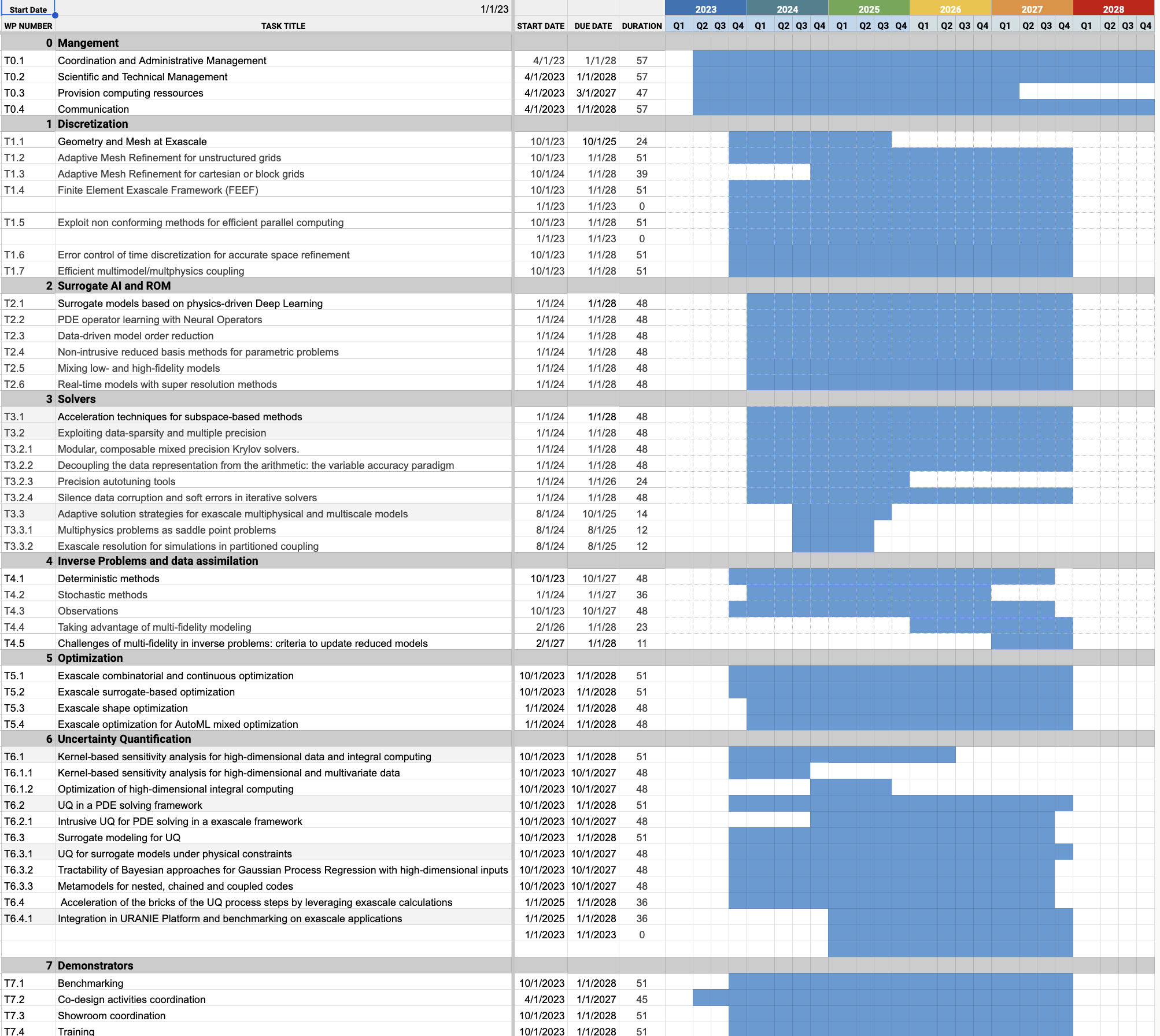Tools in Project Management
What is a Milestone?
A milestone in project management is a significant event or point in the project timeline that marks the completion of a major phase or task. Milestones are often used to:
-
Measure progress: By marking important points, you can assess if the project is on schedule.
-
Highlight deadlines: Milestones represent key deadlines that need to be met to move the project forward.
-
Reflect achievements: Reaching a milestone signifies the completion of a critical part of the project.
For example, in a software project, some common milestones might include:
-
Requirements completion: All necessary features and requirements for the software have been defined.
-
Design approval: The software’s architecture and design are approved for development.
-
First working prototype: A functional version of the software, even if limited in scope, is built and can be demonstrated.
 .pdf
.pdf
